ScienceMark 2.0, HEXUS Crypto, HEXUS Pifast
ScienceMark 2.0 - Memory Bandwidth
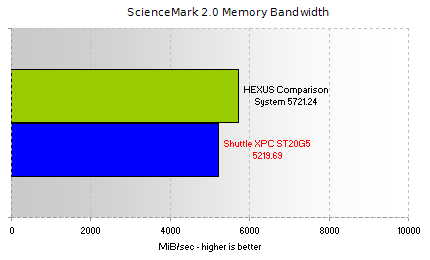
Powered by ATI's RS480 core logic, the ST20G5 is some 500MiB/sec down on the comparison system. The integrated graphics core of the RS480 core logic consumes some of the available bandwidth, leaving the system with around 80% of peak theoretical bandwidth, rather than the near 90% that the comparison system enjoys. The deficit will have a small, but measurable, effect on performance.
ScienceMark 2.0 - Memory Access Latency
We make ScienceMark 2.0 access system memory to determine how long such an access takes. The measured access latency is then reported. Athlon 64's memory controller allows for the lowest access latencies of any x86-based computer system yet created.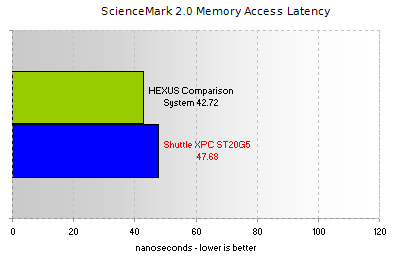
The ST20G5 is around 10% slower than the comparison system, the on-board graphics core making itself known, even when not in use.
ScienceMark 2.0 - Primordia
ScienceMark 2.0's Primordia test is a CPU-bound test that lets us see if the host core logic is allowing the CPU to run to its full potential.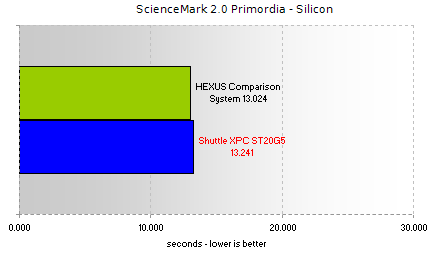
The ST20G5 is barely slower than the comparison system with a delta of less than 2 percent.
HEXUS Crypto
My crypto test stresses the FPU of a CPU and so provides a metric to measure comparative CPU performance, outside of any influence by (almost) any other part of the system.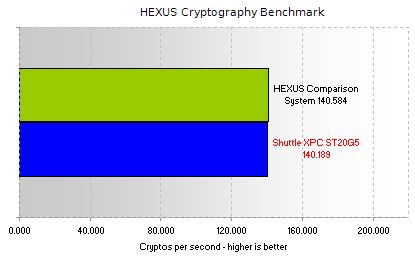
There's barely any difference between the two, the ST20G5 allowing the Athlon 64 4000+ to perform as it should.
HEXUS Pifast
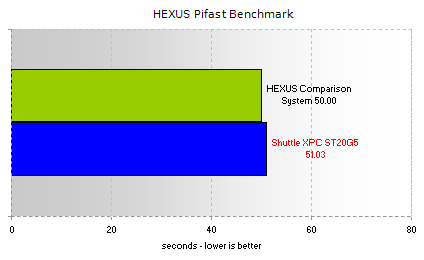
Our old, but still very reliable, Pifast test is a fine measure of how a PC uses its memory controller and the CPU's FPU in tandem, to create performance. The memory controller is mainly responsible for the performance difference, with the ST20G5 only a couple of percent behind.









